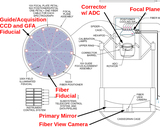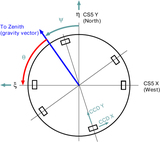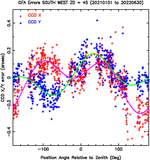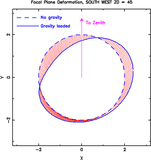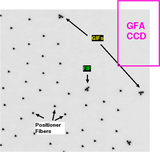Image Details
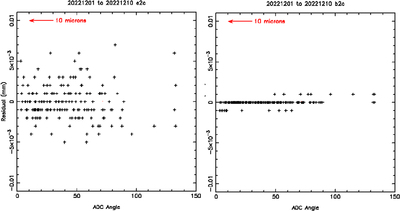
Caption: Figure 10.
Amplitude of the two nonaxisymmetric modes in Figure 4 in the distortion model for a set of 210 exposures taken at various ADC settings. The quantity plotted is the residual between the measured coefficient and that predicted by the telescope optical model. Left: E mode. Right: B mode. Turbulence affects the amplitude of the former (rms scatter of 2.4 μm) but not the latter (rms scatter of 0.3 μm).
Copyright and Terms & Conditions
© 2023. The Author(s). Published by the American Astronomical Society.



